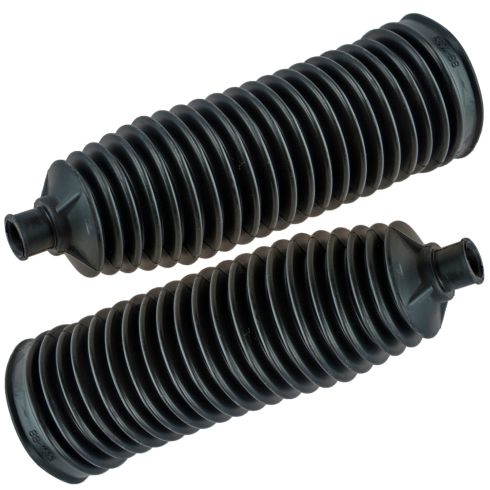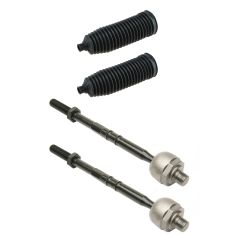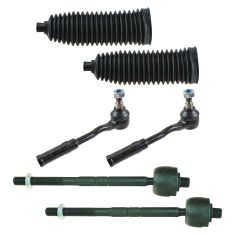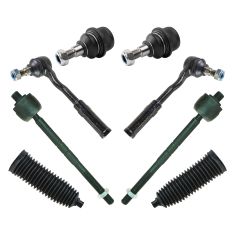1ASFK04203-Ford Mercedes Benz Lincoln Mercury Front Driver & Passenger Side Steering Rack & Pinion Bellow 2 Piece Set EMPI 1ASFK04203

Replaces
2012 Mercedes Benz SL63 AMG Front Driver & Passenger Side Steering Rack & Pinion Bellow 2 Piece Set EMPI 1ASFK04203

Product Reviews
Loading reviews
5.00/ 5.0
3
3 reviews
Fits well good part.
December 1, 2022
Worked as intended fits well
January 30, 2023
After replacing my whole front end myself I'm very proud the parts fit perfectly and look awesome
fit like a charm
May 21, 2023
had to buy these to replace the broken ones on my ml350, they fil like a charm and as always they came in on a timely manner.
Customer Q&A
Do they come with the clamps?
May 10, 2023
10
New hardware is not included with this item. You may be able to reuse your original hardware if it is in good condition.
May 11, 2023
Jessica D
Mercedes Benz is a registered trademark of Daimler AG. 1A Auto is not affiliated with or sponsored by Mercedes Benz or Daimler AG.
See all trademarks.











